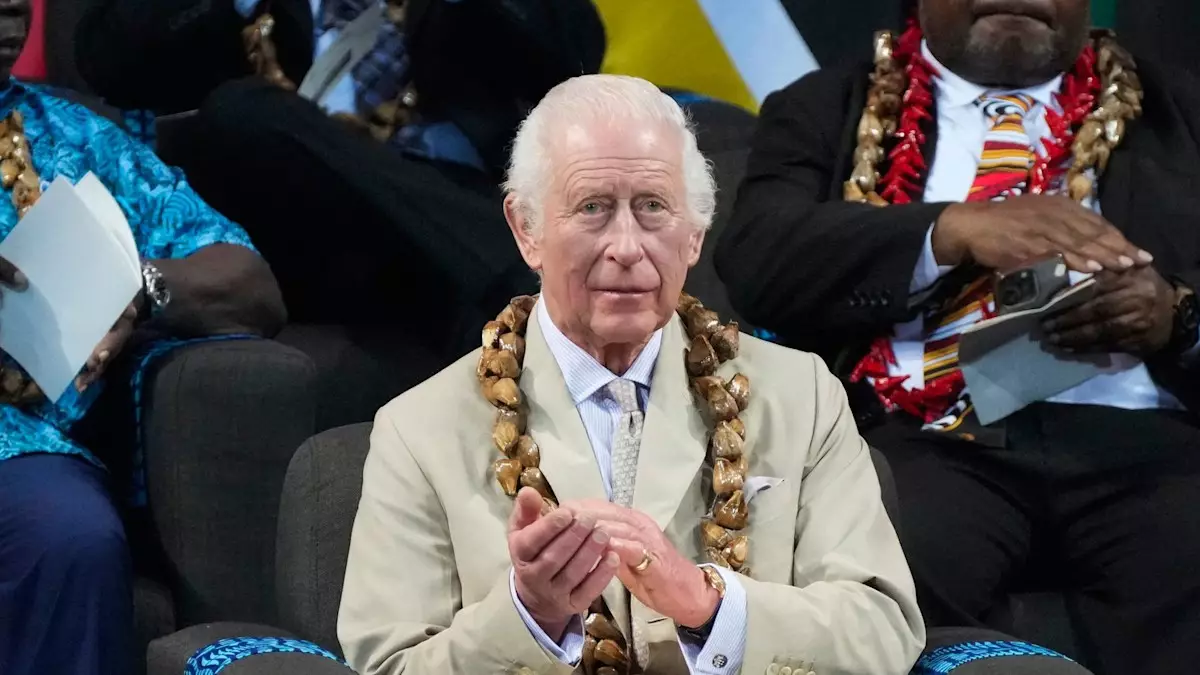Last month, King Charles made headlines as he announced a temporary halt to his cancer treatment, enabling him to proceed with his planned tour of Australia and Somalia. This decision, approved by medical professionals, underscores the delicate balancing act faced by the 75-year-old monarch. Although his healthcare team sanctioned this break, it came with strict limitations intended to ensure his well-being. Discussing the matter at an international sustainability conference held at Buckingham Palace, King Charles expressed his disappointment at not being able to visit Fiji, citing medical constraints that curtailed his travel options.
Revisions to the Royal Itinerary
The itinerary initially included trips to New Zealand, but health concerns necessitated alterations. Not only are King Charles’s doctors enforcing these new boundaries, but Queen Camilla is also a significant influence in this regard. According to Robert Hardman’s recent book, “Charles III: New King. New Court. The Inside Story,” the importance of these health protocols is paramount. The King’s determination to remain active in royal duties reflects a resilient spirit, yet it also signifies the necessity to adapt to the changes brought by his illness.
One notable lifestyle change has involved the King’s eating habits. Historically, King Charles, known for his traditional values, refrained from lunchtime meals, associating them with potential health risks and unwanted publicity. However, under the urging of both Queen Camilla and his medical team, he has started to incorporate lunch into his daily regimen. This has not only enhanced his nutrition but also serves as a means of maintaining familial harmony—something essential to him in this period of change.
The transition to a lunchtime routine is indicative of King Charles’s underlying desire to accommodate the concerns of those around him, particularly his wife. Hardman highlights that while King Charles is embracing this new routine, the meals are modest and perhaps not what one might identify as a typical lunch.
The King’s evolution in terms of health and diet is a testament to his resilience. Adjustments of this nature do not come easily, especially for someone who has historically upheld a very particular lifestyle. It demonstrates a willingness to adapt—balancing the demands of royal life while prioritizing his health. The adjustments signify an important shift not only in his dietary practices but also in his overall approach to life as he continues to navigate the trials of kingship amid health challenges.
The ongoing story of King Charles reveals a compelling narrative of adaptation and resilience in the face of adversity. By embracing change, even in the smallest everyday choices such as lunch, the King is signaling a commendable commitment to his health and responsibilities. This evolution offers a glimpse into the modern royal family, emphasizing the importance of self-care while fulfilling the appelations of duty.

